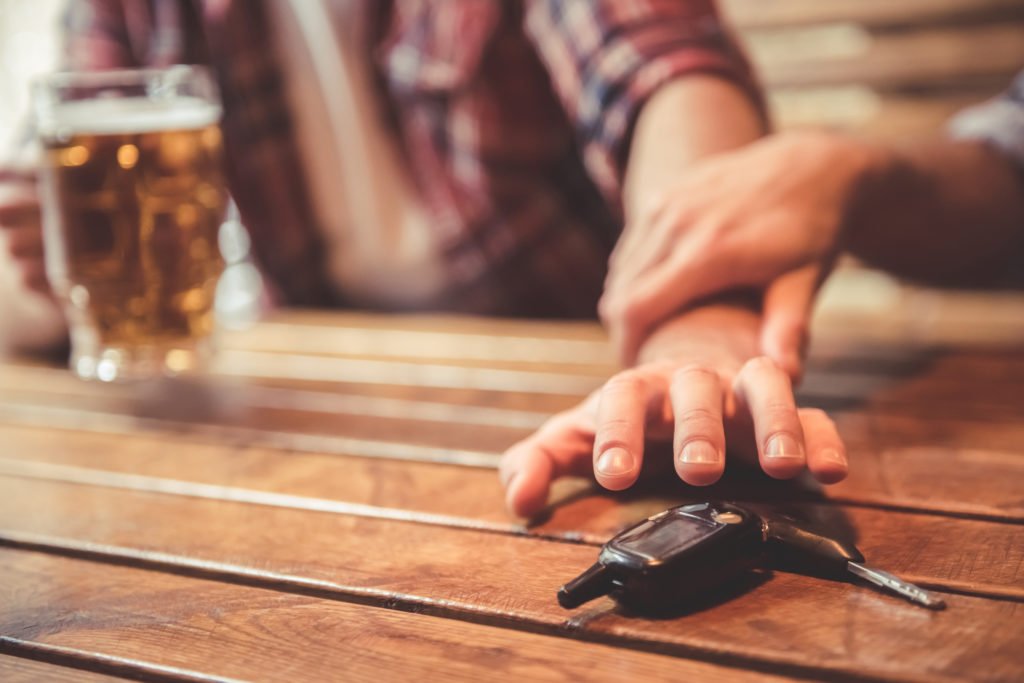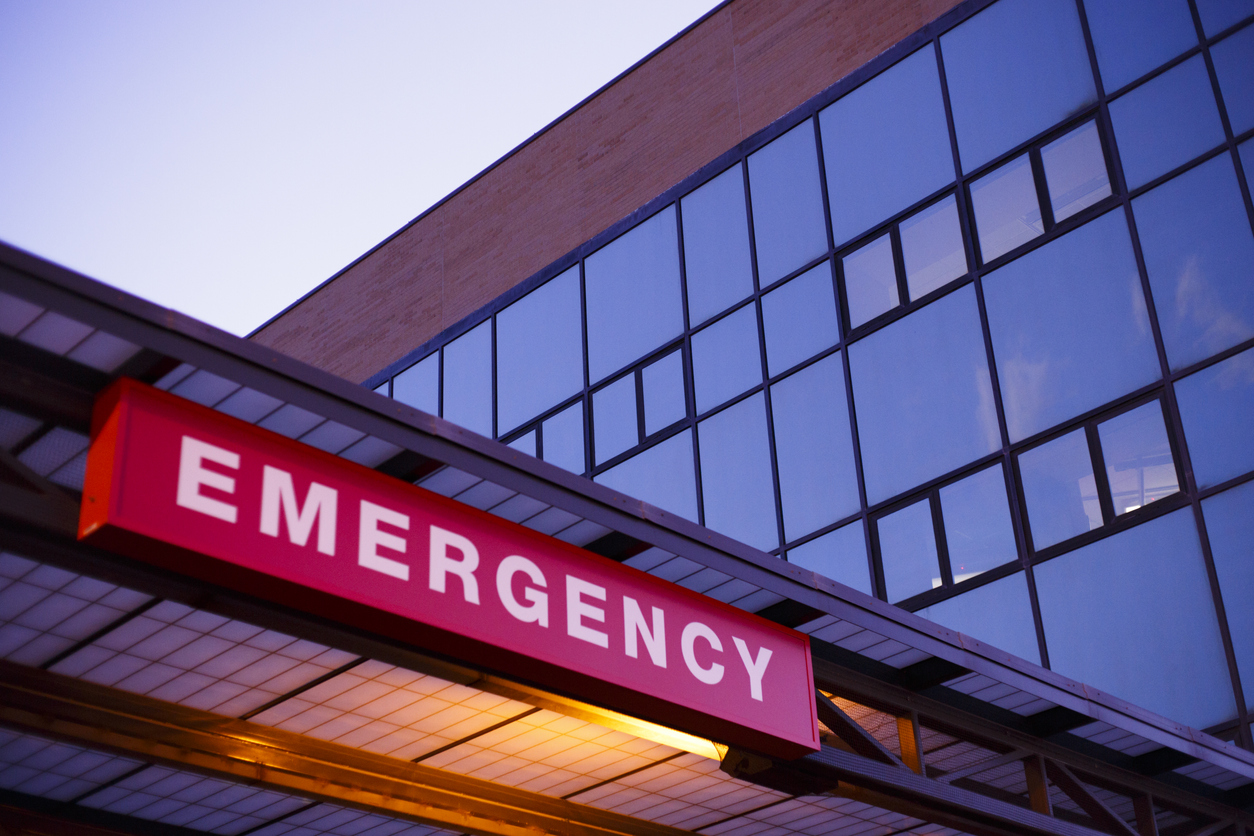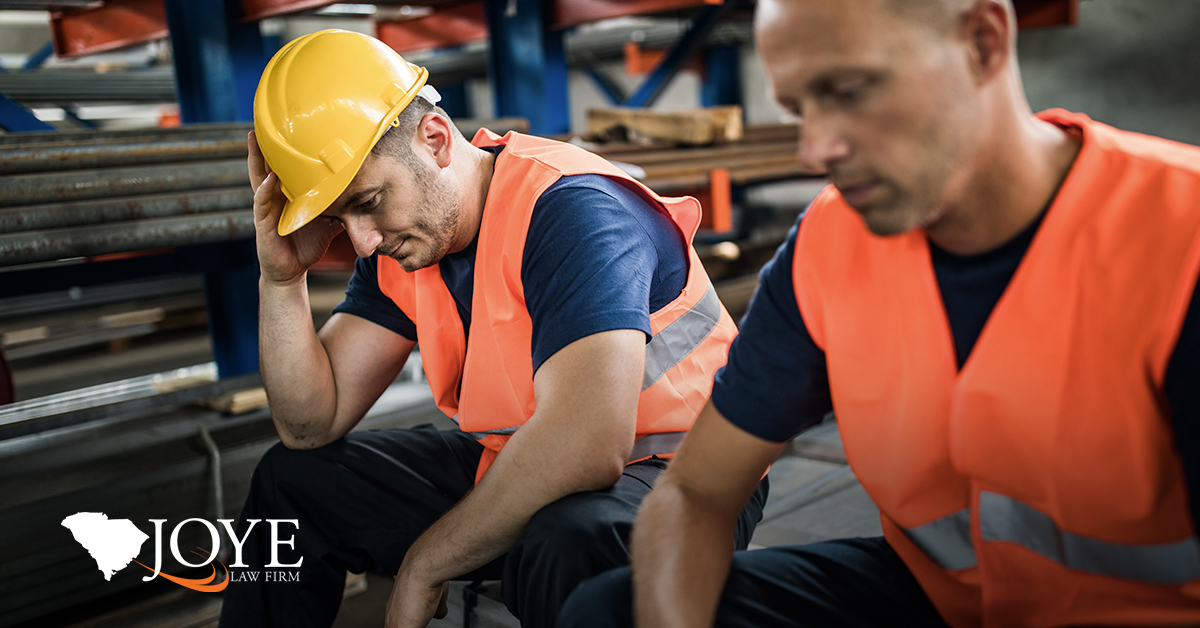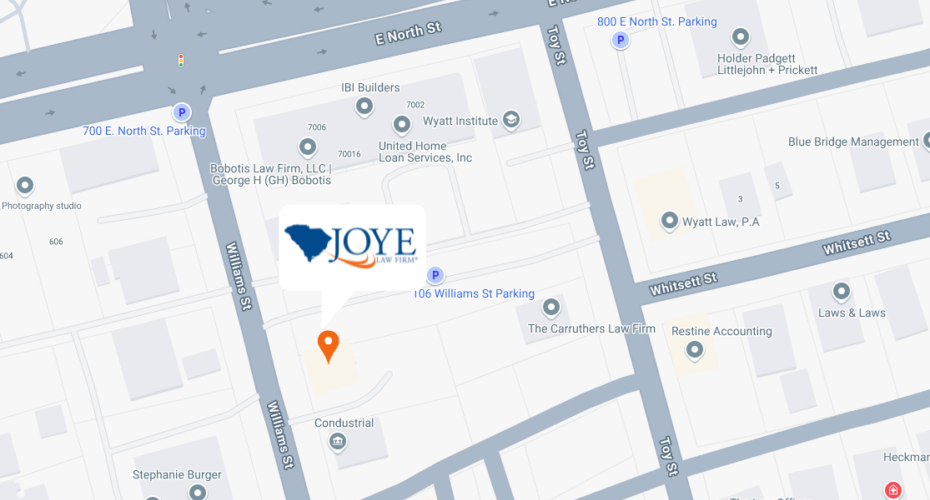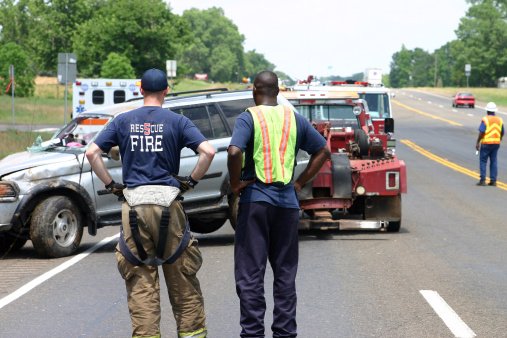
A four-car accident on Interstate 26 in North Charleston left one person dead and four others injured on May 17. The accident was a tragic reminder of the risk of chain-reaction accidents in areas of heavy traffic.
The collision happened when a driver sideswiped another vehicle while attempting to exit the interstate at Remount Road. The driver lost control and crashed into a retaining wall. The motorist whose vehicle hit the wall was killed.
Three other vehicles traveling on the interstate were involved in the crash, injuring occupants and resulting in four other motorists being taken to the hospital. Charleston County Dispatch said that one of the motorists involved was trapped in her car, and emergency crews had to pull her from the vehicle.
The accident closed the westbound lanes of I-26 for several hours as law enforcement and emergency crews worked to treat those involved and clear the scene.
The crash happened on a stretch of I-26 in Charleston County that was recently identified by the South Carolina Highway Patrol as having a serious problem with aggressive driving. Earlier this year, Senior Trooper Bridget Wyant told WCSC that I-26 between Exit 199 in Summerville and Dorchester Road in Charleston was like “a NASCAR race.”
A study showed that more than 600 crashes occurred on the 15-mile segment of I-26 during the first 10 months of 2013. Troopers attributed many of the hazards to three kinds of dangerous driving:
- Speeding
- Tailgating
- Unsafe lane changes
For more details, read our Jan. 20 blog post titled “Danger Zone: Hundreds of Car Accidents along 15-Mile Stretch of Interstate-26 Near Charleston.”
Chain-reaction accidents such as the one that happened on May 17 are all too common in heavy traffic on highways throughout the Charleston area. They are especially dangerous when vehicles travel at high speeds on highways where there are few options for getting out of the way. When one driver loses control, other vehicles may be unable to get out of the path of the vehicle or stop in time to avoid a collision.
The best ways to avoid a chain-reaction accident include leaving a sufficient following distance between cars, remaining watchful and alert in traffic at all times and obeying the speed limit.
Victims of chain-reaction accidents may be entitled to compensation from the insurance company of the driver at fault for the collision. Compensation may include money to cover medical bills, lost wages, pain and suffering, and other damages.




